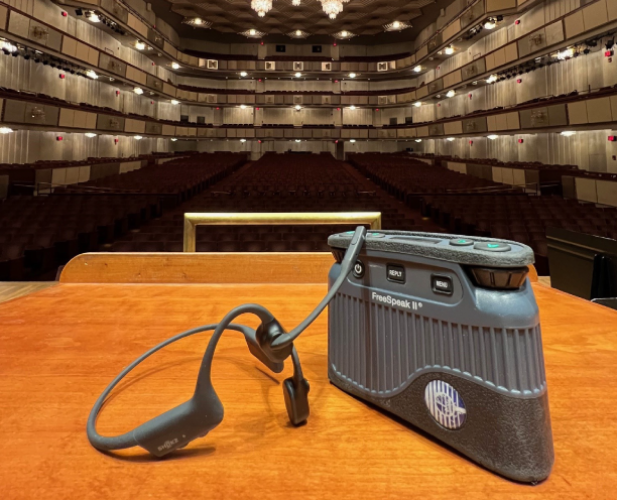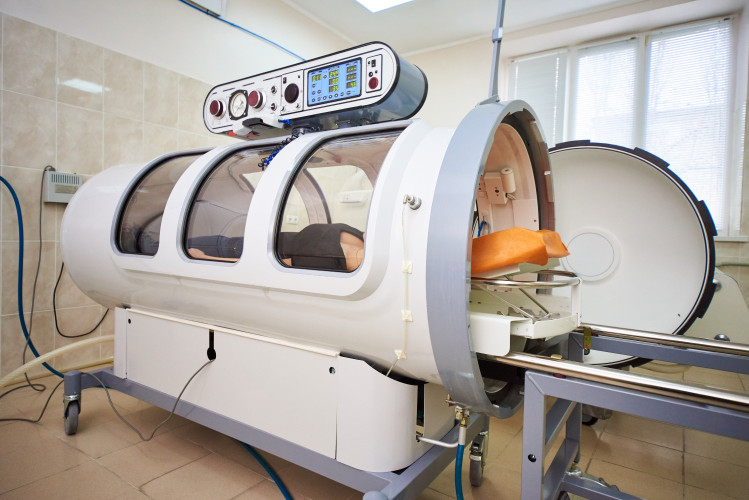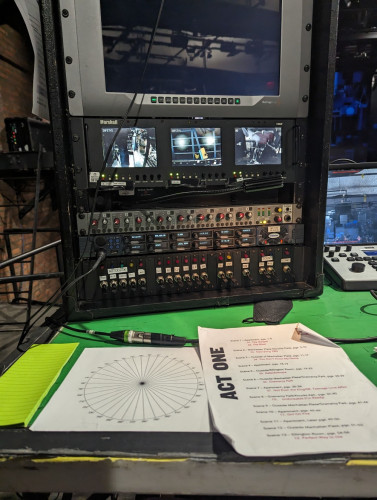Intercom for Sports Production

Author: Bob Pank#
Published 1st September 2011
The best kind of intercom system is one that works so well that it only takes a button or two to push when communication is required. Because of how quality intercom systems simplify communication, it is one of the broadcast industry’s most undervalued technologies. However, it is absolutely essential to a successful broadcast, especially in the fast-moving world of sports production. Whether it’s the Olympics or a local football match, intercom contributes as much to a superb viewer experience as any camera, audio mixing desk or production switcher.
Party-line intercoms had been the traditional go-to systems for sports productions, with matrix-based intercoms now emerging in almost all of the larger productions. Depending on the brand, party-line systems are generally a four- to eight-channel system. The main stations will be installed within the OB van, with individuals using remote intercom panels or stations for communication. These panels are usually located outside of the OB van, such as in the broadcasting booth at the sports venue. In addition, there is customarily an intercom interface back to the main studio. Wireless intercoms may also be in use among staff members in the field.
At the production within the OB van, the director and producers, along with their assistants, watch the feeds coming in from individual cameras, tape machines, graphics and any other sources. The staff members in this area use intercom panels to correspond with the director, who is mixing the video feeds that will be shown to viewers. In many cases, the producers and director can also speak directly to the talent through an Interruptible Fold Back (IFB). A producer or director can interrupt these feeds for cueing and other purposes.
Additionally, the graphics operator, graphics coordinator and the bug box operator are situated in the graphics area. In order to create the game graphics, the operator and coordinator must keep in constant contact with the game statistician, who fills them in on the action in the field and impromptu information, such as the descriptions of the on-air talent from the broadcast booth or stadium. They typically do this using a party-line intercom interfaced to a matrix intercom. The bug box operator manages “the bug box,” which is the superimposed band of graphical information across the top of the screen that displays game specific stats such as the inning, quarter, half or set, as well as the score and player details. The director may use intercom to instruct the bug box operator to take the box in and out of the screen and drop down any of the many pre-programmed pieces of information pertaining to the flow of the game and broadcast.
Especially with large-scale sporting events, an associate producer will often be seated near the graphics operator. They speak with the master control room at the network or international broadcast center, coordinating when to come in and out of the local broadcast and when it goes back to the station for either commercials or periodic breaks. This communication generally takes place over a telephone interface from the intercom system.
Another important section in the sports production OB vans is the audio area. Besides their regular sound responsibilities, the audio operator, the “A1” in industry lingo, is in charge of all intercom communications during the production, setting up the various panels and programming the system for each person who will need to use it throughout the show. The audio operator will have an intercom panel with every possible destination, along with access to every possible permutation of the intercom, IFBs and the telephones, in order to assure they all function, before the broadcast.
Intercom is also a major player in the transmission area of the OB van, where the engineer in charge (EIC) or “truck mother” sits. The EIC ensures that everything produced in and around the OB van, such as the satellite feed, is leaving the vehicle and going to its proper destination. It is essential that this person has intercom access so that he or she can immediately signal or notify the responsible person of an error. Often times, it is the EIC’s job to oversee the intercom system, especially during the game, as the A-1 is occupied with their audio mixing duties.
There have been some great breakthroughs in intercom in the past few years, especially in regards to IP technology. With products such as Clear-Com’s Concert 2.0, a software-based intercom system, it is possible to access intercom from virtually anywhere in the world through a laptop or PC. This can eliminate the need to connect via phone lines from the broadcast OB van to the network or local affiliate, which in turn reduces costs.
Intercom may well be the (not so) silent partner in broadcast operations, but much of what the viewers eventually see is the result of careful coordination between all members of the broadcast team. Much of this, especially when it comes to sports productions, can only be accomplished using intercoms.



































